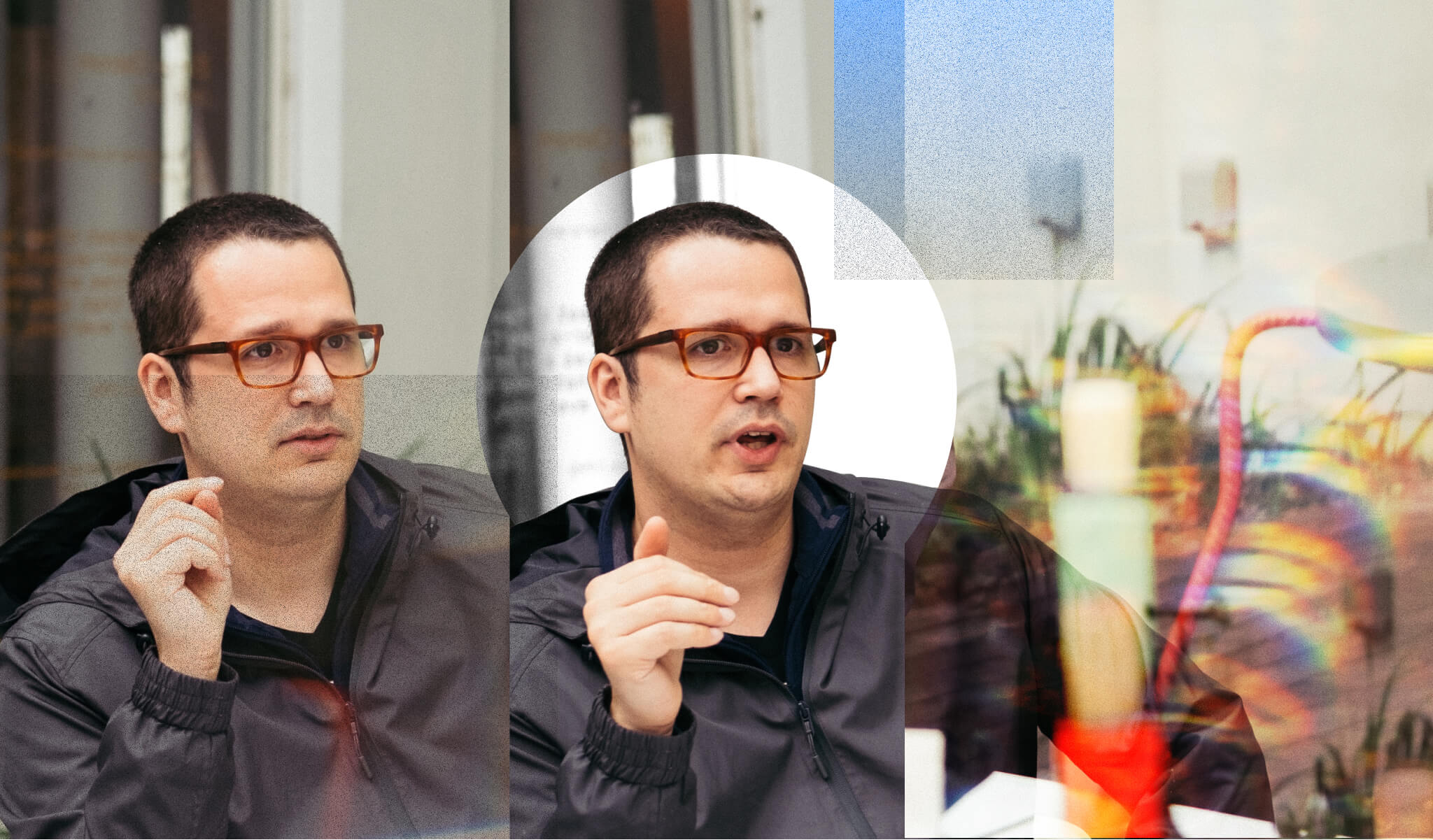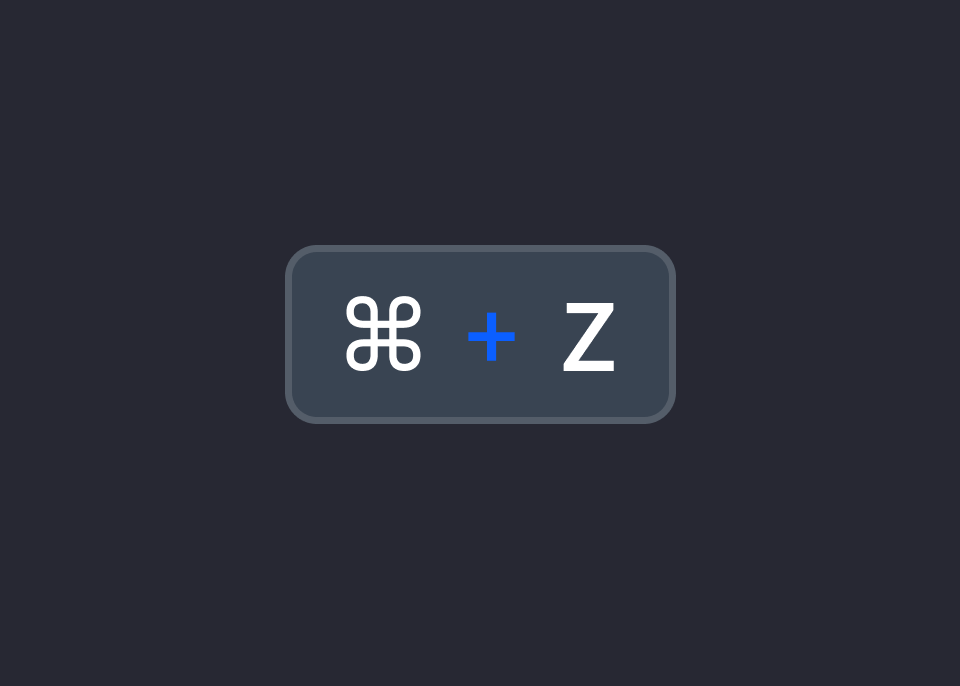Why Design (Week)? by Paul Hanaoka on August 25, 2023
6 Min Read

We recently held our 4th annual internal division retreat — Design Week.
When things become routine it's useful to occasionally pause and examine, consider, and ask ourselves – "Why are we doing this? Is this useful?"
This post is an outcome, providing some thoughts in response to those questions.
"Why do we need Design Week?"
My conclusion, right here up front, is that we need it for the same reasons we need a Design function.
Now the question you may be asking yourself now is — why do we need a Design function? What does it do? And then you may wonder...well what is Design? Why do you keep capitalizing it?
Design?
The discipline of planning — Design is a broad field with many different areas of practice. At its core, Design is about achieving the best possible outcome, within constraints, using the resources available.
Simply put, Design is the rendering of intent. Jared Spool, a well-known interface designer explains it this way:
“The designer imagines an outcome and puts forth activities to make that outcome real.”
Everyone is a designer?
This broad of a definition may lead you to conclude — well isn't everyone, in some ways, a designer? And you'd be absolutely right — from a certain point of view. Everyone contributing to something does some level of imagining and some level of activity to generate the outcome.
However, as you may intuit from experience — there's a wide degree to which you find yourself able to contribute to a given project.
Sometimes you feel that you are able to clearly imagine the outcome, better yet you're able to clearly articulate this outcome with a combination of words and images. These words and images are not the thing itself, but they help give you a clear picture of the thing, so that the activities you do next are clearer.
Other times, you may feel that you don't have a clear picture of the outcome, and you're not even sure how to articulate it, so you just start making. And by making, you are able to slowly shape the final product with a series of experiments.
Which of those ways do you think would give you a better outcome? Which would help you do it faster? Cheaper?
What is a designer?
Imagine that there was a person who came and asked you a series of questions to understand what you were trying to accomplish, and because they understood your goals and the field in which you are working, they helped you create a plan with all the necessary artifacts required to help you at each stage, helping you reach a successful outcome, minimizing the trial and error you may have experienced without this clear plan.
So the discipline of design can be further understood as the study and practice of activities related with generating successful outcomes, a few examples:
- formulating questions to understand and clarify a problem
- activities to validate or verify the understanding of the problem
- generating ideas, potential solutions
- creating plans and documents to help the production of a solution
- generating artifacts and conducting experiments at varying stages of production
Design as a function within an organization is generally composed of different, more specific disciplines relevant to the business, like:
- Brand — determining and aligning how an organization desires to be perceived with how its presenting itself
- Communication — blend of traditional graphic design, creative, and marketing
- Organization — design the structure and processes within an organization for optimal performance
- Product — solving user problems to achieve business goals
- Research — understanding how customers use or feel about a product or service
- Services — planning and organizing resources to directly and indirectly improve employee and customer experience
- Industrial — designing physical objects, often products
- Interiors — “the art and science of understanding people's behavior to create functional spaces, that are aesthetically pleasing, within a building”
All this to say, there are many meta-activities that Designers across the specturme all share.
Design
These common threads between design disciplines are also joined with common elements that the disciplines might share.
They range from very specific and concrete, things like:
- Typography — What typefaces should we use in print? On small screens? On large devices? In Command Line Interfaces? On buildings?
- Color palettes — How do brand designers use color? How are those applied in a product? How ought we use them in physical spaces?
- Aesthetic styles — What feelings should our sales and marketing materials evoke? How should users feel on our website? In our products?
- Treatments of icons, illustrations — How should we communicate and reinforce universal messages?
- Styles and types of imagery — To what end do we use photos or videos? How should they look? What should they generate for us?
To the more vague and philosophical, like:
- Empathy — How well do designers understand the people they're working for? Working with? How is this reflected in outcomes?
- Principles — How much do we value experimentation? How do the core values of our company translate to the way we work as designers?
- Methodologies — What is an ideal design process, and how can we best tailor ours given a specific context?
- Problem Solving — How do designers approach and define problems? To what extent are biases mitigated? Are enough perspectives considered?
- Storytelling — Are designers able to put together a compelling narrative to help sell problems, solutions, and projects?
You may be thinking — well sure thats all well and good, but do we really need a dedicated function guiding all of these things, making sure all of the "designers" in the company are working together?
I don't think I'd be worth my salt as a designer if I didn't say "it depends".
What is the current state of Design? How mature is design at your company? How well do Designers work together? How effectively do Designers function? How effectively does everyone at the company contribute to the design in their area? What is the history of the different Design functions you have? What is your vision of your company's future? How confident are you that this vision is possible? Realistic? Ideal? Achievable?
These questions, and more, are some that you might consider when evaluating how useful or valuable a Design function could be.
Wait so why Design Week?
This brings us to Design Week — why should Designers at Liferay take time away from working with cross-functional teams in Product or Marketing? I'll try to condense the benefits into three areas:
- Technical
- Professional
- Intangible
Technical
There are a number technical concepts and ideas that all designers at Liferay ought to be familiar with and aligned on.
A few things we covered at this year's Design Week:
- Specific tools, resources, and specifications, like Figma and Lexicon — what is our Design System philosophy? How ought we do collaborate and contribute to it?
- New methodologies and capabilities we're growing, like Research — how should we approach researching problems? Who can we work with?
- Ways that Design can impact the development and sale of our product — understanding at the macro level to inform the micro ways each of us can contribute to improving the end-to-end user experience.
Doing this together as a division ensures everyone hears the same message and creates opportunities for and encourages cross-disciplineary collaboration.
Professional
While designers at Liferay are all technically sitting inside the Design Division from an organizational chart — operationally, we are function more like internal service providers, joining different teams at different levels and for different durations. There's not a consistent method or allocation of designers, due to the wide variety of factors that go into teams (geographical region, corporate function, history, politics), the manner in which designers collaborate together can be varied.
These factors alone present professional challenges that can lead to internal silos, which leads to fractured outcomes. This is true even within a discipline, for example two Product Designers who could be working inside the exact same product, but living in different countries — the effects are magnified across disciplines.
The end result being — even in an org structure where (theoretically) incentives are aligned that would optimize for designers working closely together to collaborate on the best possible outcome — there are many potential excuses and reasons to not do this.
Human behavior can be so complex, but also very simple.
It's a simple truth that if people get to know and like each other as humans, they're more inclined to work together and will achieve better outcomes.
What better way to do this, than by intentionally creating the space and time for people to come together?
Intangible
While the professional benefits can seem somewhat hard to quantify and somewhat intangible, I think those are more generally acknowledged and appreciated by most "corporate" types and filed under the "teambuilding" expense bucket. The intangible benefits I'm referring to are things I've seen come from and grow at the Design Weeks we've had over the years.
- Serendipitous connections made that generate exciting new possibilities for the department — like a cross-discipline Design System
- Bonds of actual friendship that make ego-less collaboration not just possible, but commonplace
- Comraderie that keeps people excited about designing at Liferay, even when the daily grind can be tough
Culture eats strategy for breakfast
Peter Drucker
A strong design culture is one that is constantly growing and maturing, a maturing design organization is an important asset to a company.
Our first Design Week in 2018 was the initial petri dish where our Design experiment started — fast forward to 2023 it's a vibrant lab for experimentation and growth.


